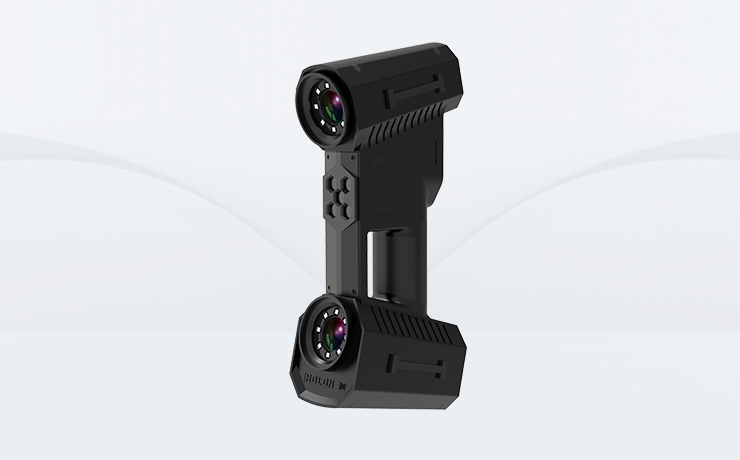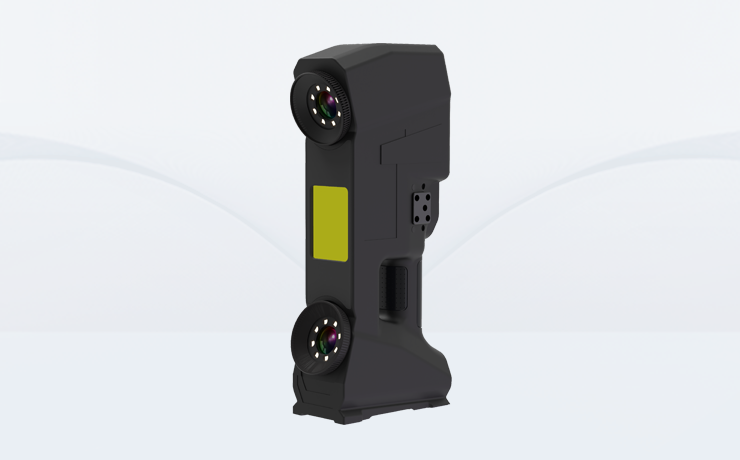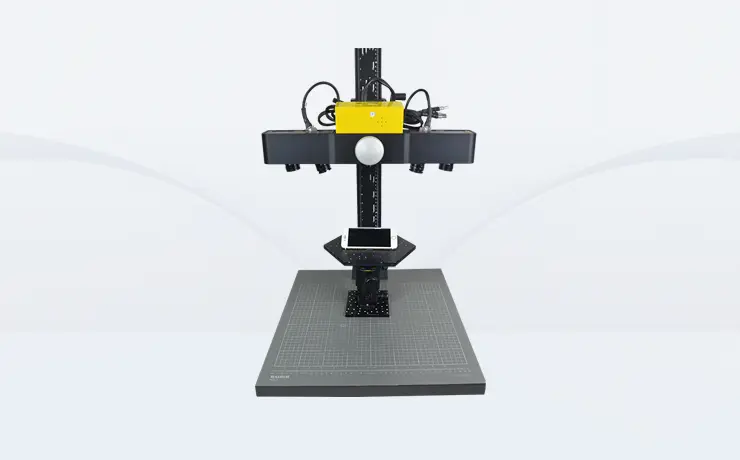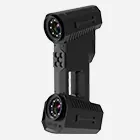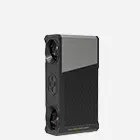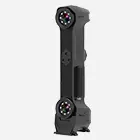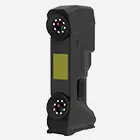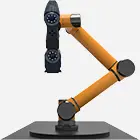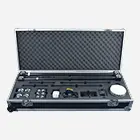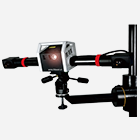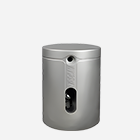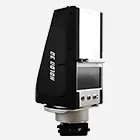- A +
- A
- A -
Accessories are parts or components assembled on machinery. Each accessory is an important part of mechanical equipment. Its lack or wear will affect the use and performance of the product. During the use of mechanical equipment, especially agricultural machinery, wear and tear occurs quickly during long-term work. Therefore, it is necessary to obtain the data of accessories, save the data and use it for reverse design, which can provide data support and reduce repair costs.
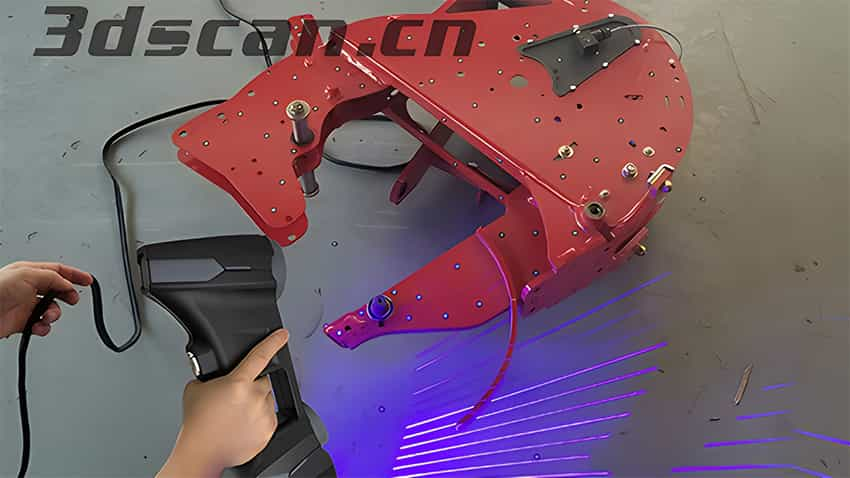
Agricultural machinery accessories scanning site picture
The customer purchased agricultural machinery parts and wanted to collect three-dimensional data to speed up the repair process during the wear and tear repair process of the parts. The accessories have irregular shapes and many small features on the surface. Customers have high requirements for accuracy, so they also have high requirements for scanning work.
Because customers use traditional scanners for scanning, the scanning speed is slow, the workflow is complex, and it takes a long time to complete. Some shape and position features are not accurately measured, resulting in large errors, which can easily affect reverse design.
HOLON3D handheld 3D scanner Model 29 has fast scanning speed, and the scanning process is visualized, so you can know the operations being performed in time, which brings great convenience to the scanning work.
Use a 3D scanner to obtain high-precision 3D scanning data of agricultural machinery accessories, then optimize the acquired data, and then import it into 3D software for reverse design. The scanning process of the scanner is flexible and convenient, fast, and has a fine mode, so the data error is small and the accuracy is high. The data obtained can fully meet the customer's requirements, with high accuracy, and can be used in later design and development.
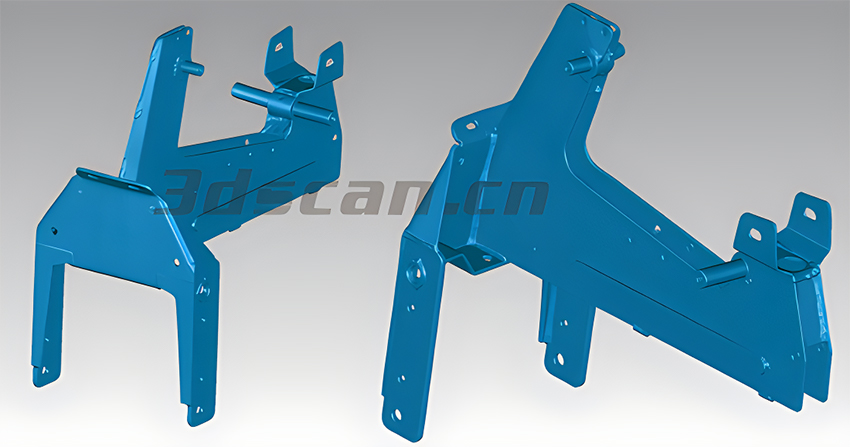
Agricultural machinery accessories STL data chart
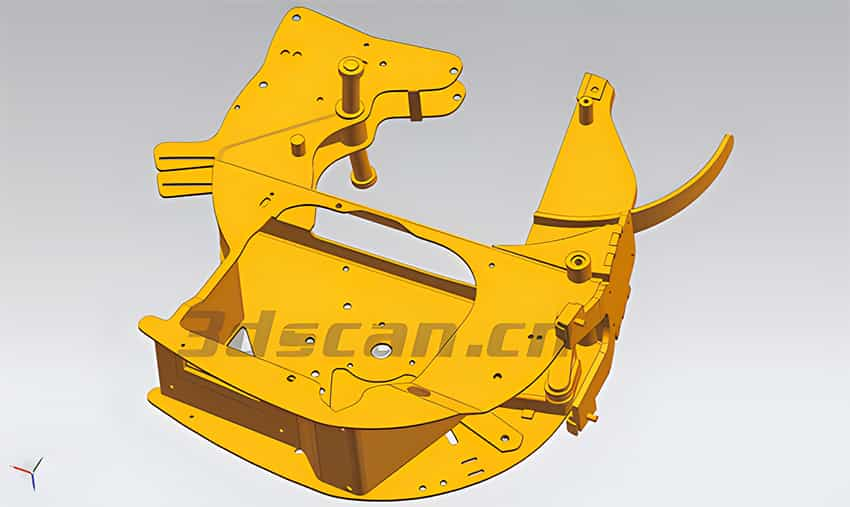
Agricultural machinery accessories point cloud data map
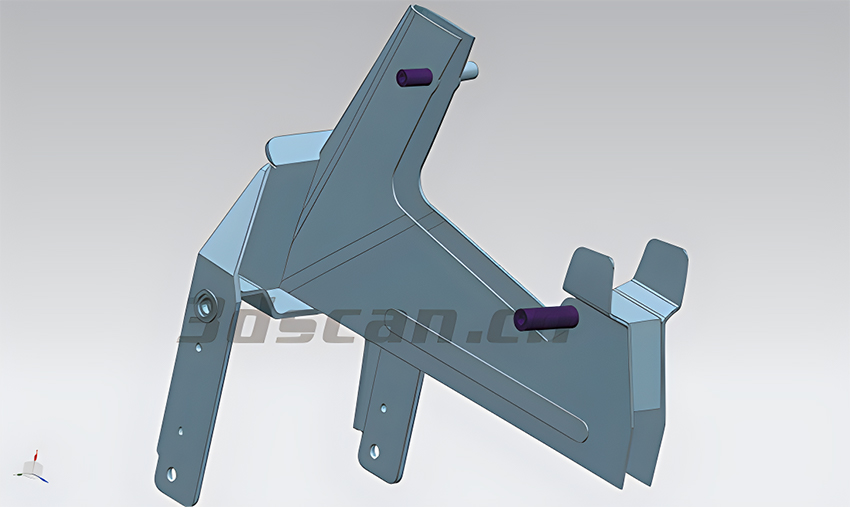
Agricultural machinery accessories reverse design drawing
